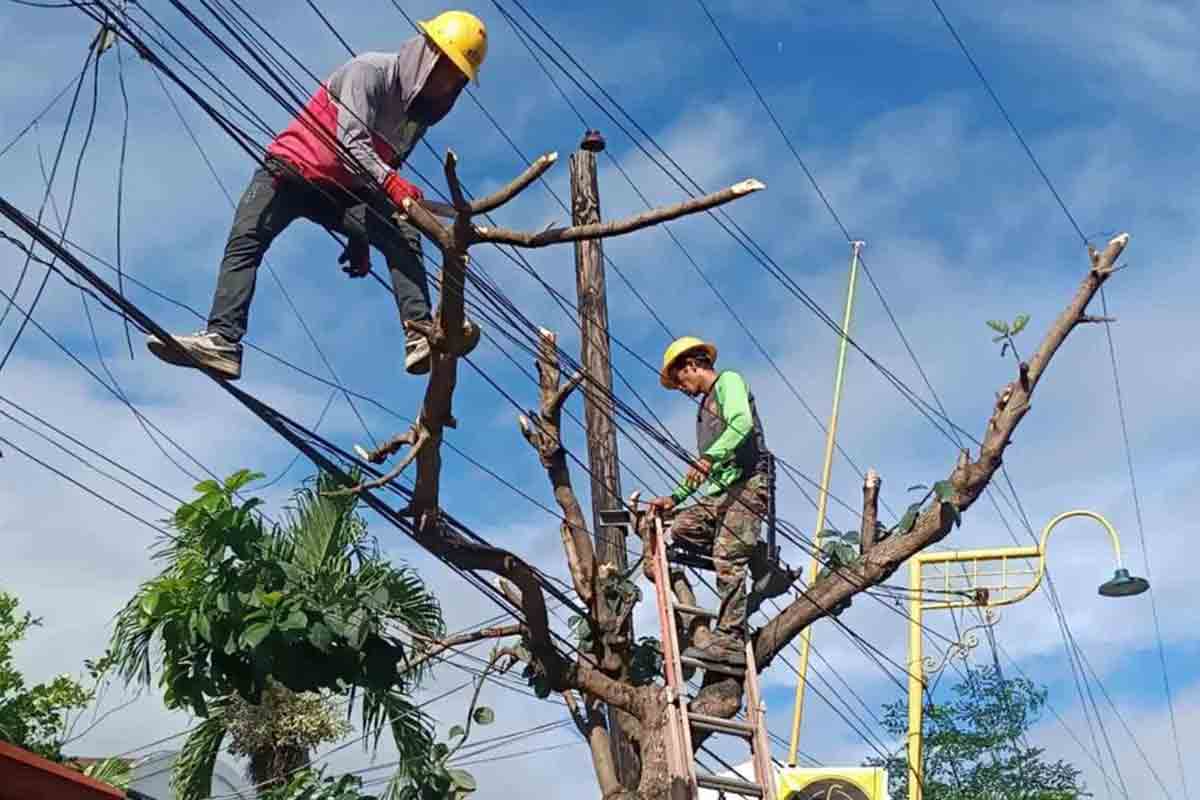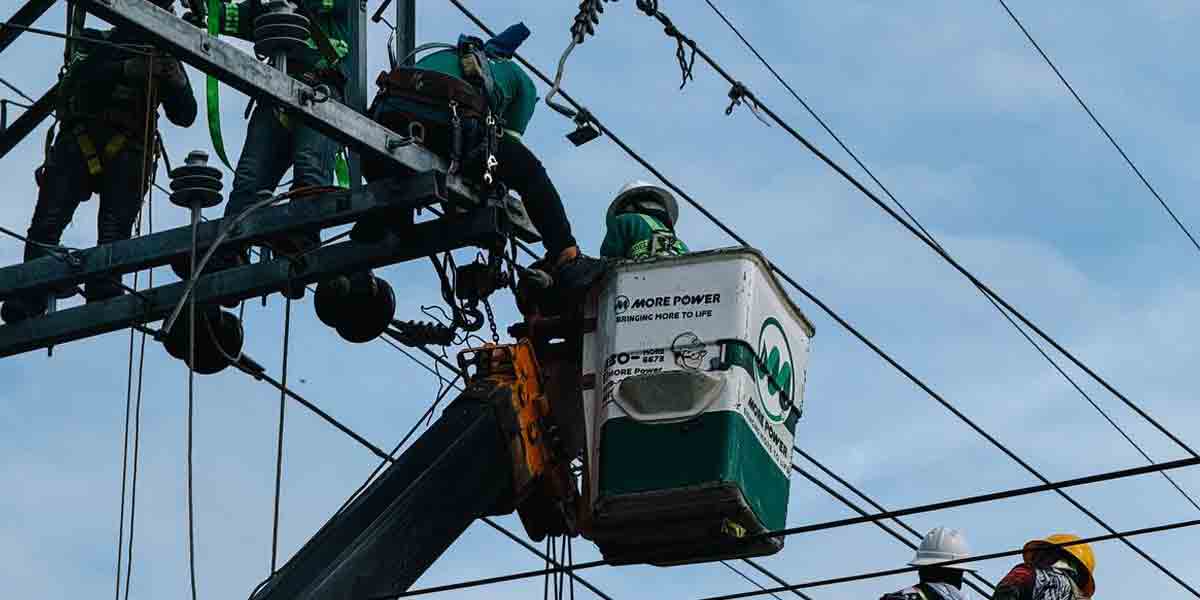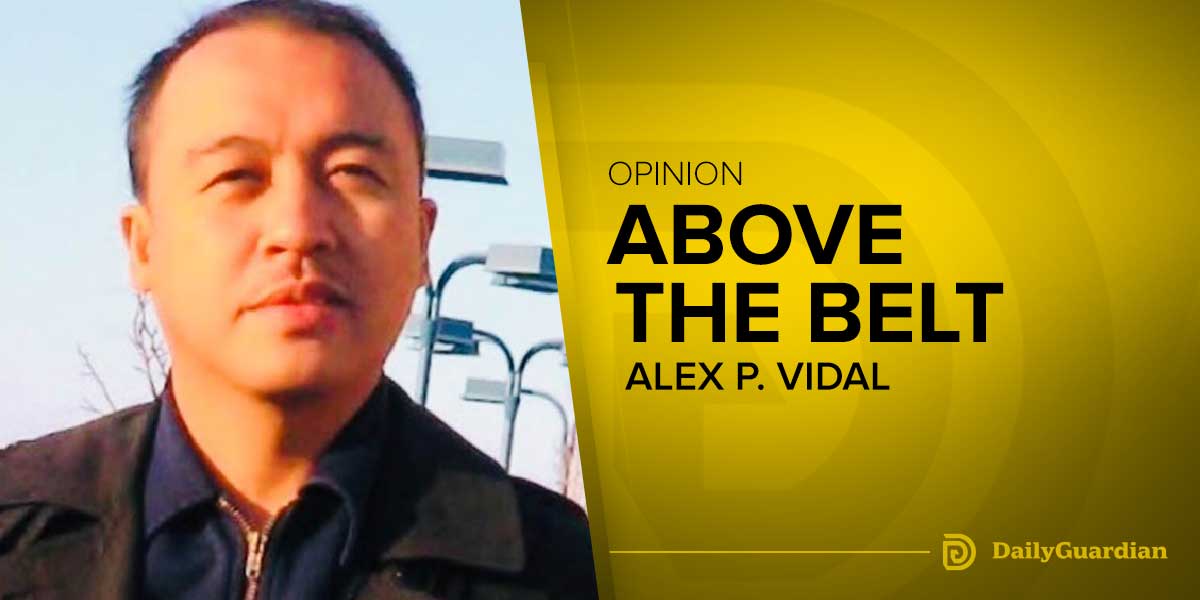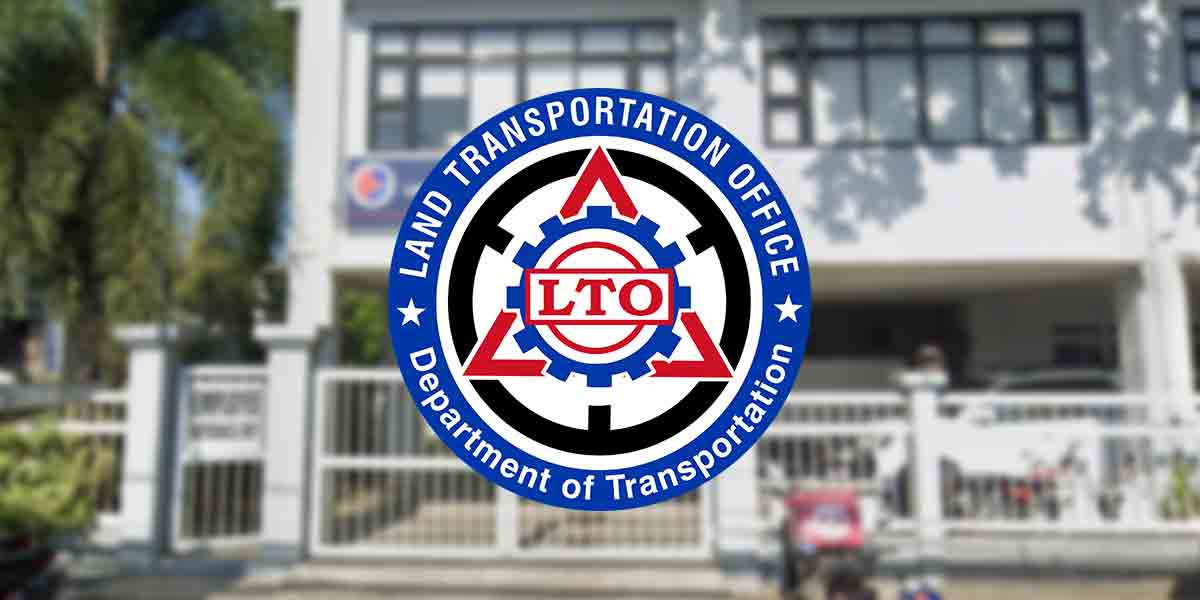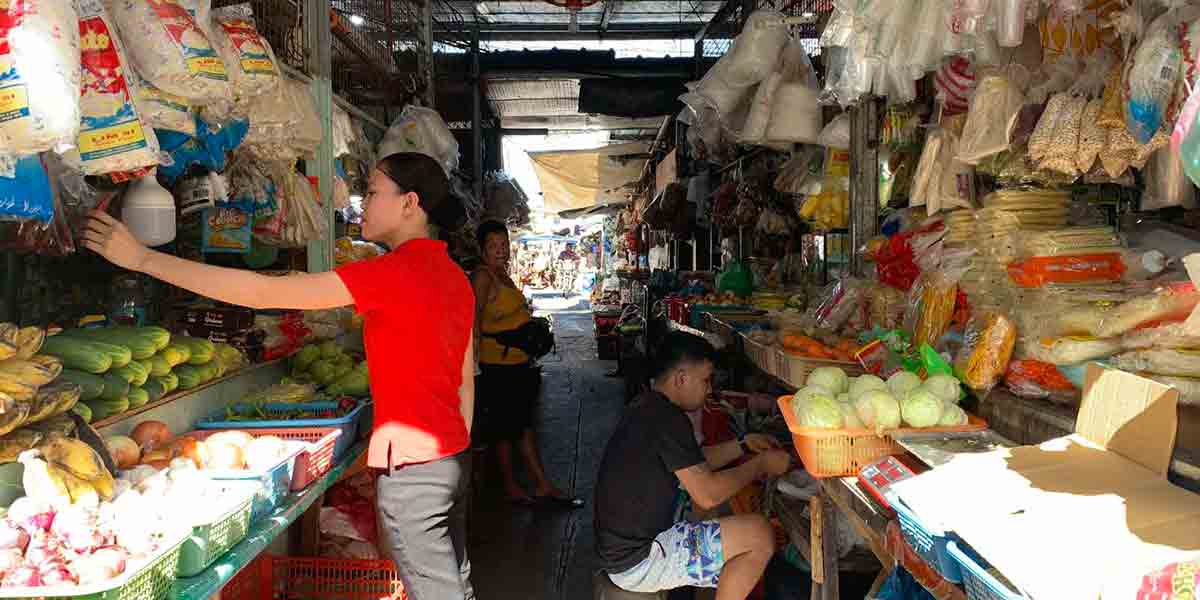 By Engr. Edgar Mana-ay
By Engr. Edgar Mana-ay
Everybody is thrilled with the thrust of the government for concrete roads and over passes, pavements, sidewalks and parking area because everything now looked clean and streamlined. But to technical people, we cannot totally alter and change land patterns and not expect changes in rain absorption and eventually result to more flooding. Look at Iloilo City proper, just a half hour of heavy rain, almost all of the entire city proper is flooded despite all the concreting and drainage structures that was done.
We think of the entire Iloilo City as a watershed just like the City of Houston. Both are governed by the basic water flow, Q equation which is directly proportional to the product of c (the runoff coefficient), i (the rainfall intensity), and A (the city or watershed area): Q = ciA.
Concreting increases the value of c, making a previously permeable surfaces impermeable. Essentially rainwater that used to infiltrate the soil, percolate to the ground water, and dampen the stream flow hydrograph is now 100% contributing to runoff or overland flow. I or the rainfall intensity will also continue to increase given the effect of global climate change. Since c and i continue to increase, then Q, the rainfall runoff, will also continue to increase, thus the flood in the city.
In Houston, rainfall is not frequent, but when it rains, it really pours (talagsa lang gaulan pero kung mag-ulan baskog ang intensity kag dugay). But on these abnormal cases, it seldom results to immediate flooding of streets. Here in Iloilo, in less than an hour of heavy rain, flooding on the streets is already four inches deep.
What does Houston have to keep flooding under control that Iloilo City doesn’t have? Lots of open space and drainage. Commercial and residential areas are interspersed with open spaces on a ratio of 1 to 20 – meaning for every 1,000 square meters of concreted area, there is a 20,000 square meters of open, green and tree areas. Theoretically from the hydrogeology viewpoint, only one-twentieth of the land pattern was altered and this alteration was remedied by superb drainage called the bayou system. We cannot continue to wage war on undeveloped land. We must stop thinking of concrete as the solution to city development and what we need is a sensible urban planning that preserves and maintain nature, meaning the hydro-geology conditions BEFORE and AFTER development is the same. To put it simply, if 10 hectares of rice lands is converted into a subdivision, rain infiltration in rice lands of 14% should be maintained when it is now a subdivision by: providing ample open spaces, superb drainage, towards a series of interconnected aesthetic storm water ponds to hold the run off, gravel parking lot and walk ways to enhance infiltration. Sadly, rain infiltration at subdivisions now is less than 5%, the reason for flooding in the city and suburbs.
We take a look at China with its massive population and juggernaut industrial growth. China is not really a poster model in preserving nature but recently it is trying to balance economic growth and its environment. China is now moving ahead in a 21st-century energy space where efficiency and less carbon emissions have become the new normal for nations concerned with climate change. The Chinese are not only active in preventing global warming but also makes money in doing so as shown by their thrust on solar energy. Though it was the Americans who develop solar technology in the 1950s, it was the Chinese who figured out how to manufacture solar panels cheaply in the 2000s, turning China into the world’s largest solar market and spurring a world-wide industry. Today about 75% of world’s solar panels are manufactured in China.
There is also an upheaval in the industrial growth of China because of pollution that chokes cities with smog so thick that the color of the sky shifts between gray and murky yellow which this writer have witnessed on a stopover at Beijing airport three years ago. There is now a shift in China’s economy from low-margin manufacturing like clothes and assembling iPhones towards aviation, semiconductors,
and biotechnology with a lower carbon footprints. It is trying to wean itself as the traditional manufacturing center of the world towards clean energy industries which include not only solar BUT NUCLEAR! Today there are 50 nuclear power plants under construction to replace coal fired plants as compared to only two in the U.S. Again, climate change fanatics will argue that a nuclear power plant as an option is more evil than carbon emitting fossil fuel plants. They will cite the experiences in the Fukushima Daiichi nuclear disaster in March 2011 caused by an earthquake and the 1986 Russia Chernobyl Nuclear power plant man-caused accident. I leave it to Daily Guardian readers to decide.
This might be trivial but one of nature’s gift to man affected by economic growth (increase use of insecticides is now the new normal in farming) is the near extinction of bumblebees. Ask any vegetable farmer in Pavia, there is now NOT enough bees to cross pollinate vegetable, especially squash, that they have to do the manual cross pollination between the male and female flowers of the squash plant. Ramy Madero, budget officer of the Municipality and a successful vegetable farmer on the side, is an expert on this manual cross pollination.
Researchers who conducted long term study on more than 60 bee species concluded that bumblebees are disappearing at rates “consistent with a mass extinction.” Bee population is also affected by extreme long and hotter season. Bumblebees are the best pollinators in wild landscapes and the most effective pollinators for important crops such as squash, tomato and berries. The study found that in the course of a single human generation, the likelihood of a bumblebee population surviving in a given place has declined by an average of more than 30%. As we march towards economic growth, the need to preserve nature is ever more relevant. We have forgotten how to be good guests, how to walk lightly on the earth as other creatures do and for this, we have heaped an environmental curse upon our own selves.

